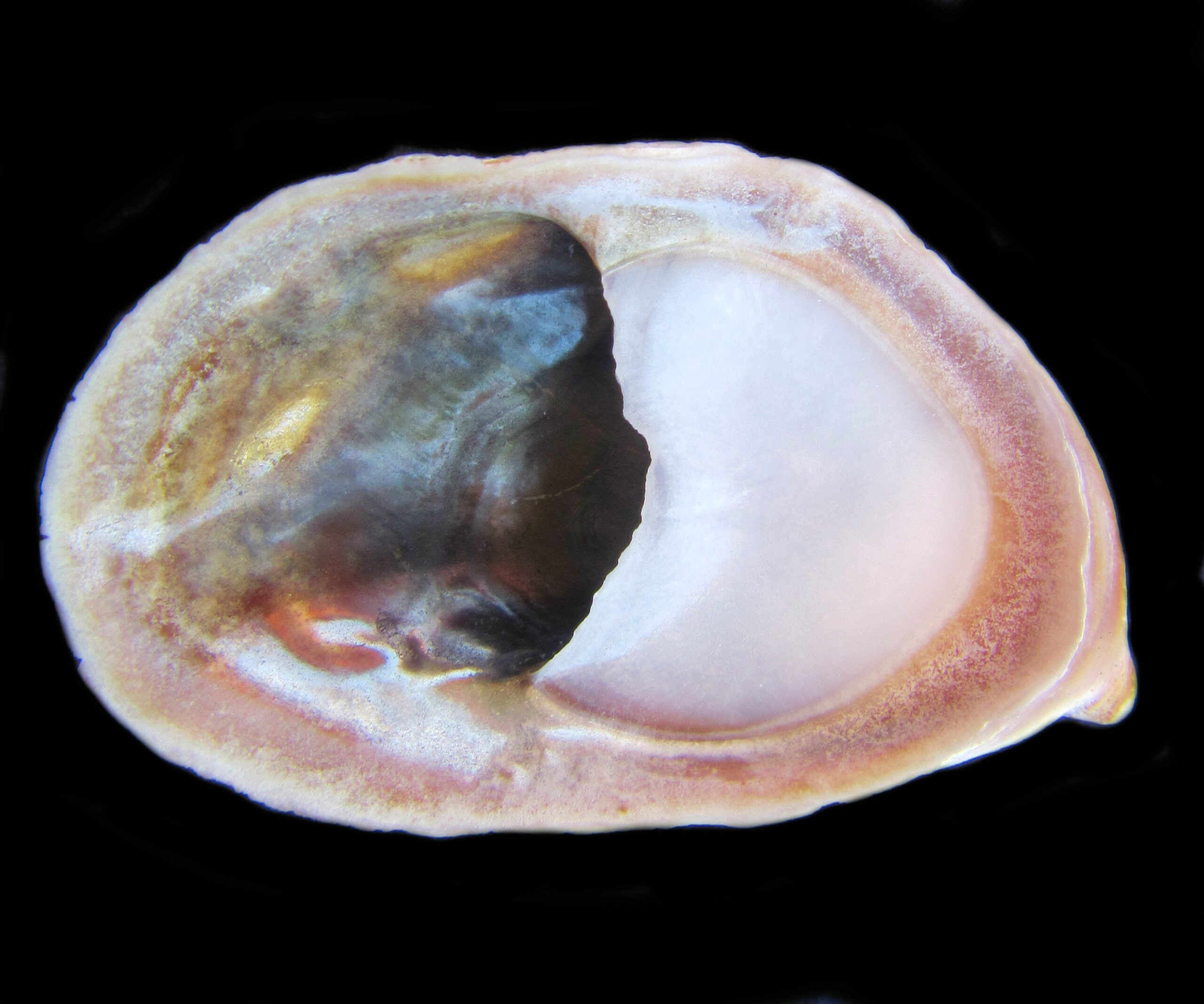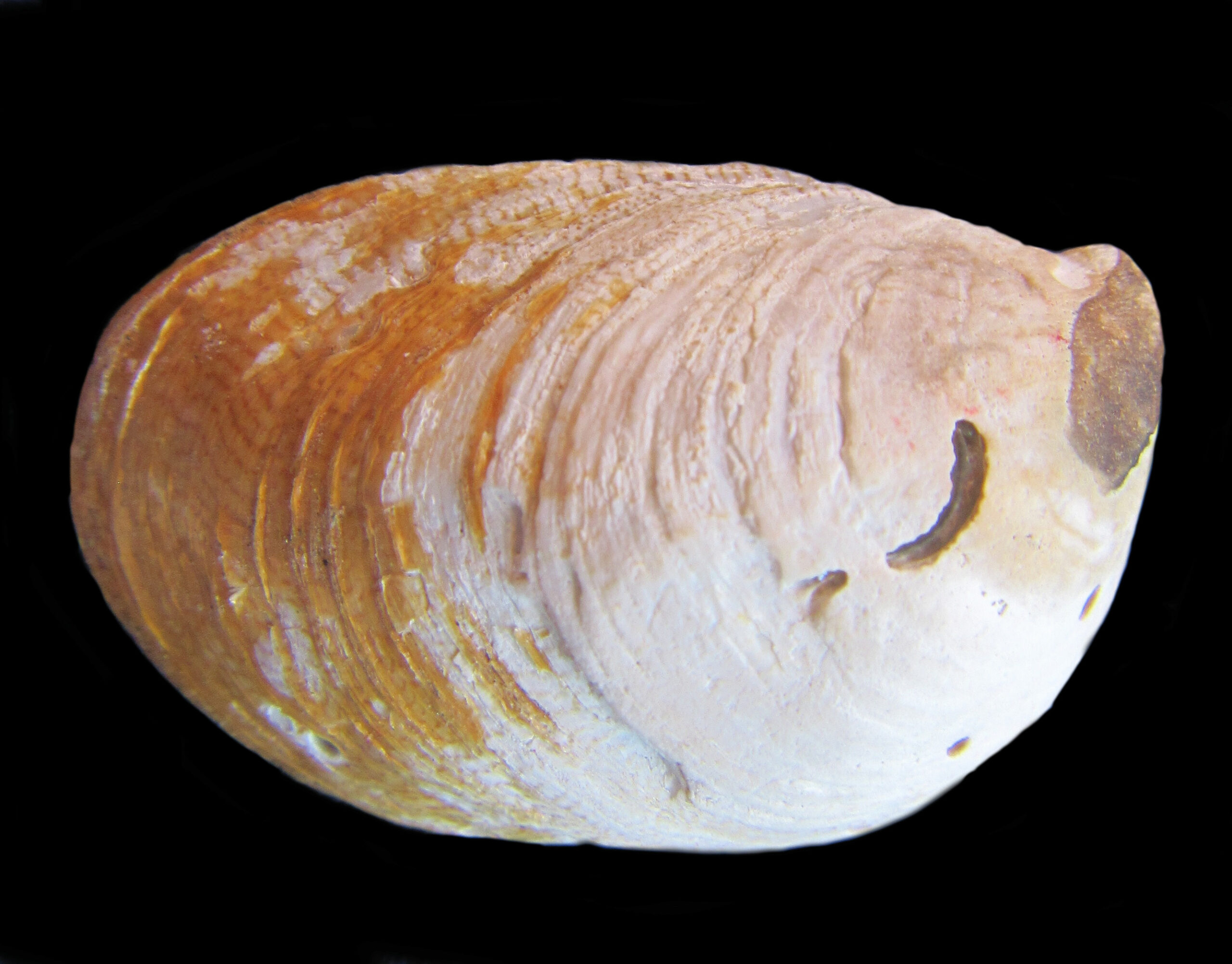Onyx Slipper Limpet Shell, Crepidula onyx

 Onyx Slipper Limpet, Crepidula onyx. Shell collected within the greater Magdalena Bay complex, Baja California Sur, May 2019. Size: 5.7 cm (2.2 inches) x 3.5 cm (1.4 inches). Collection, photograph and identification courtesy of Bob Hillis, Ivins, Utah.
Onyx Slipper Limpet, Crepidula onyx. Shell collected within the greater Magdalena Bay complex, Baja California Sur, May 2019. Size: 5.7 cm (2.2 inches) x 3.5 cm (1.4 inches). Collection, photograph and identification courtesy of Bob Hillis, Ivins, Utah.
The Onyx Slipper Limpet, Crepidula onyx (G.B. Sowerby I, 1824), is a gastropod mollusk that is a member of the Calyptraeidae Family of Cup-and-Saucer and Slipper Limpets. They are known in Mexico as pique onyx. The shell is thick that has a variable profile from circular to comma shaped. Specimens found on rocks have a more flattened profile than specimens found on mud. The apex may be pointed or rounded and the exterior of the shell is sculpted with moderate radial ridges or fine concentric lines. The exterior of the shell is covered with a brown thick periostracum. The interior is mostly brown (for which it is named), with a white shelf and covers about half of the shell’s underside. Onyx Slipper Limpet Shells reach a maximum of 6.8 cm (2.7 inches) in length and 4.2 cm (1.6 inches) in height.
Onyx Slipper Limpets are found attached to rocks and other shells or on mud substrate, in mating stacks up to sixteen shells high, in the intertidal zone to depths up to 79 m (260 feet). They range from Southern California to Chile, including the Galapagos Islands. They have also been introduced in both Japan and the Puget Sound, in Washington State where they are now considered to be invasive. In the Sea of Cortez they range from Santa Rosalia, Baja California Sur to Cabo San Lucas.
Synonyms are Calyptrea amygdalus, Calyptrea rugosa, and Crepidula rugosa.